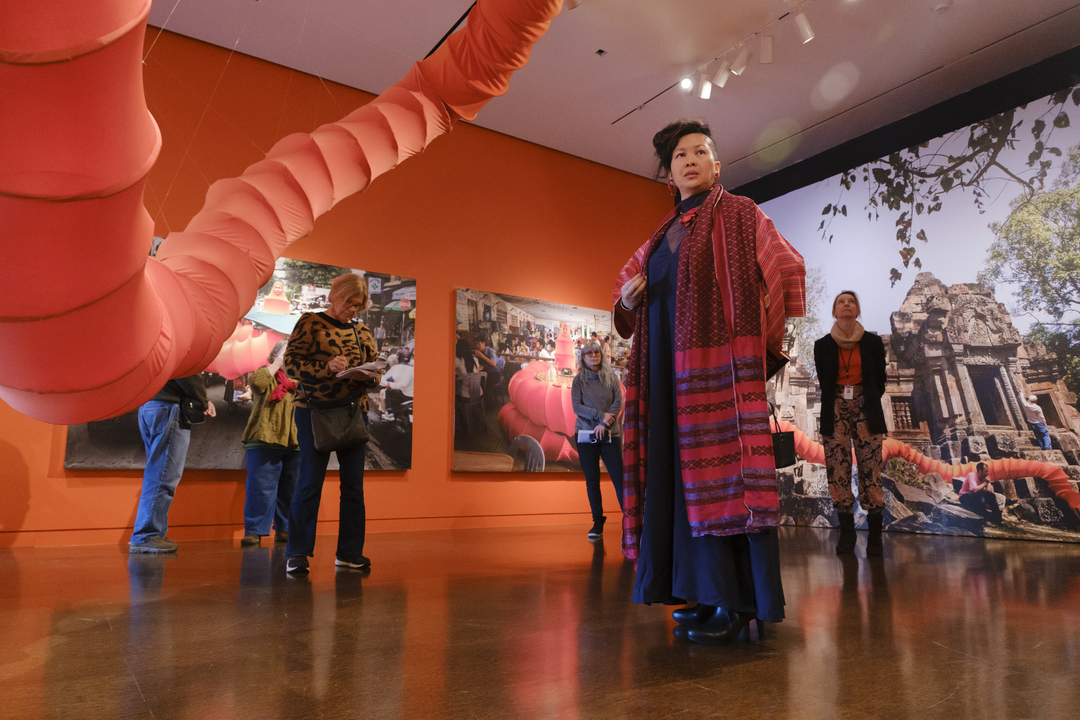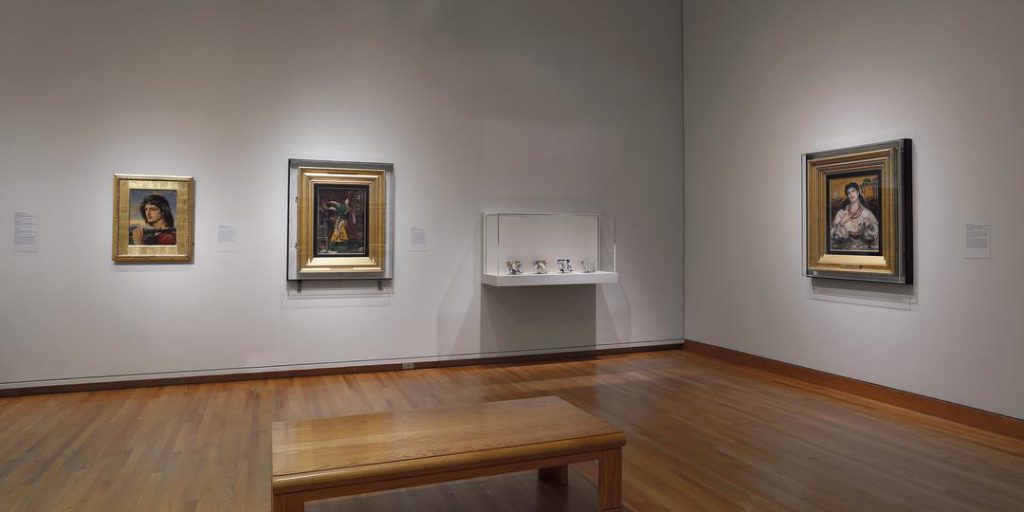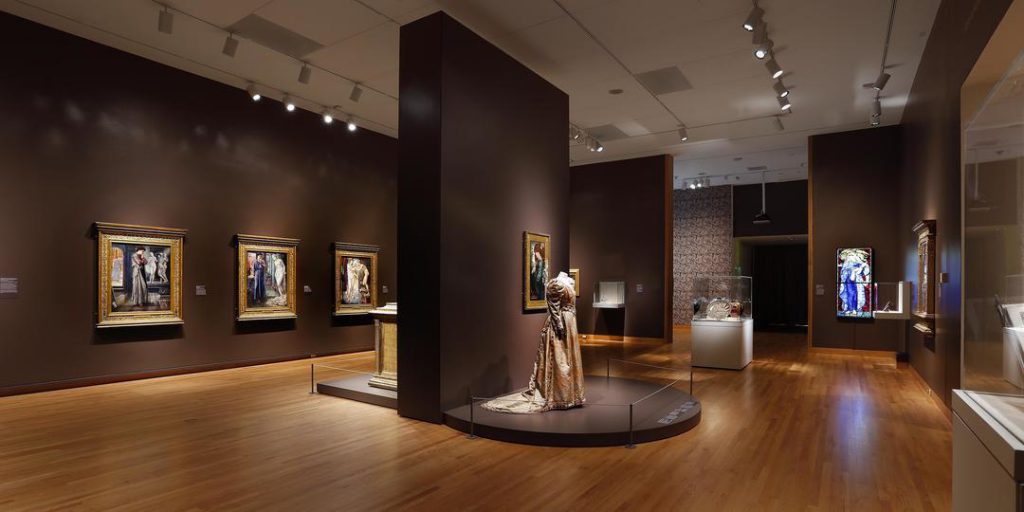Muse/News: In-Between, Music Hook, and New Supper
SAM News
Anida Yoeu Ali: Hybrid Skin, Mythical Presence is wowing visitors to the Seattle Asian Art Museum. Crosscut’s Brangien Davis features the exhibition in her ArtSEA post. And don’t miss Annie Atherton’s interview with Ali for Seattle Magazine, in which they discuss nuances of identity and the role of humor of absurdity in her work.
“We’re told that fragmentation is having to split our Asian-ness or our American-ness, our bicultural identities—that we have to become more whole. What I’m teasing out is what I call the diasporic dilemma. What I’ve figured out for myself, is that the in-between space, working in fragmentation is how I’m whole.”
The Seattle Times’ Margo Vansynghel reports on new NAGPRA regulations that require institutions to conduct more consultations with Native tribes before exhibiting or researching Native cultural objects. At SAM, five objects in the Native American galleries have been taken off view and information has been posted in the galleries to encourage dialogue on this important process.
“For now, SAM says it is committed to working with tribes in reviewing its collection. This process is to ensure the institution is in compliance with the new law, a spokesperson said, as well as the museum’s own policies around ethical collecting and display and its goal of strengthening its relationships with Indigenous communities and other ‘communities of origin.’”
Local News
Crosscut’s Brangien Davis also gathered up recommendations for Black History Month.
“How Did January Become Summer Camp Season?” asks Seattle Met’s Allecia Vermillion. Hot tip! SAM Camp registration opens on February 16 at 5 pm.
Rachel Gallaher for Seattle Magazine on how Totem Star, a non-profit music organization for youth, is filling up its new location in STATION SPACE at King Street Station.
“‘Music is the hook,’ [Totem co-founder Daniel] Pak says. ‘It’s what you see. It’s what we do. But Totem Star is also a place for our artists to find who they are. We’re creating a safe space for people to be loved, build community, and find each other. We want to help these young people grow into the best versions of themselves.’”
Inter/National News
Via Maximilíano Durón for ARTnews: “Ruth Asawa’s Life as an Aspiring Artist Gets the Graphic Novel Treatment.”
Walker Mimms for Hyperallergic on a “fluent and accessible new book” that explores the pivotal court case when artist James Whistler sued critic John Ruskin.
BRB, buying a ticket to London. Jo Lawson-Tancred for Artnet on “How Tavares Strachan Reimagined Leonardo’s Last Supper.”
“Inspired by one of art history’s best known paintings, Leonardo da Vinci’s The Last Supper (ca. 1495–98), the mammoth bronze sculpture imagines a convivial gathering between notable historical figures from Africa and its Diaspora who, in reality, never met because they were separated by time and place.”
And Finally
“Chihuahua named WA’s top dog breed.”
– Rachel Eggers, SAM Associate Director of Public Relations
Photo: Alborz Kamalizad.



